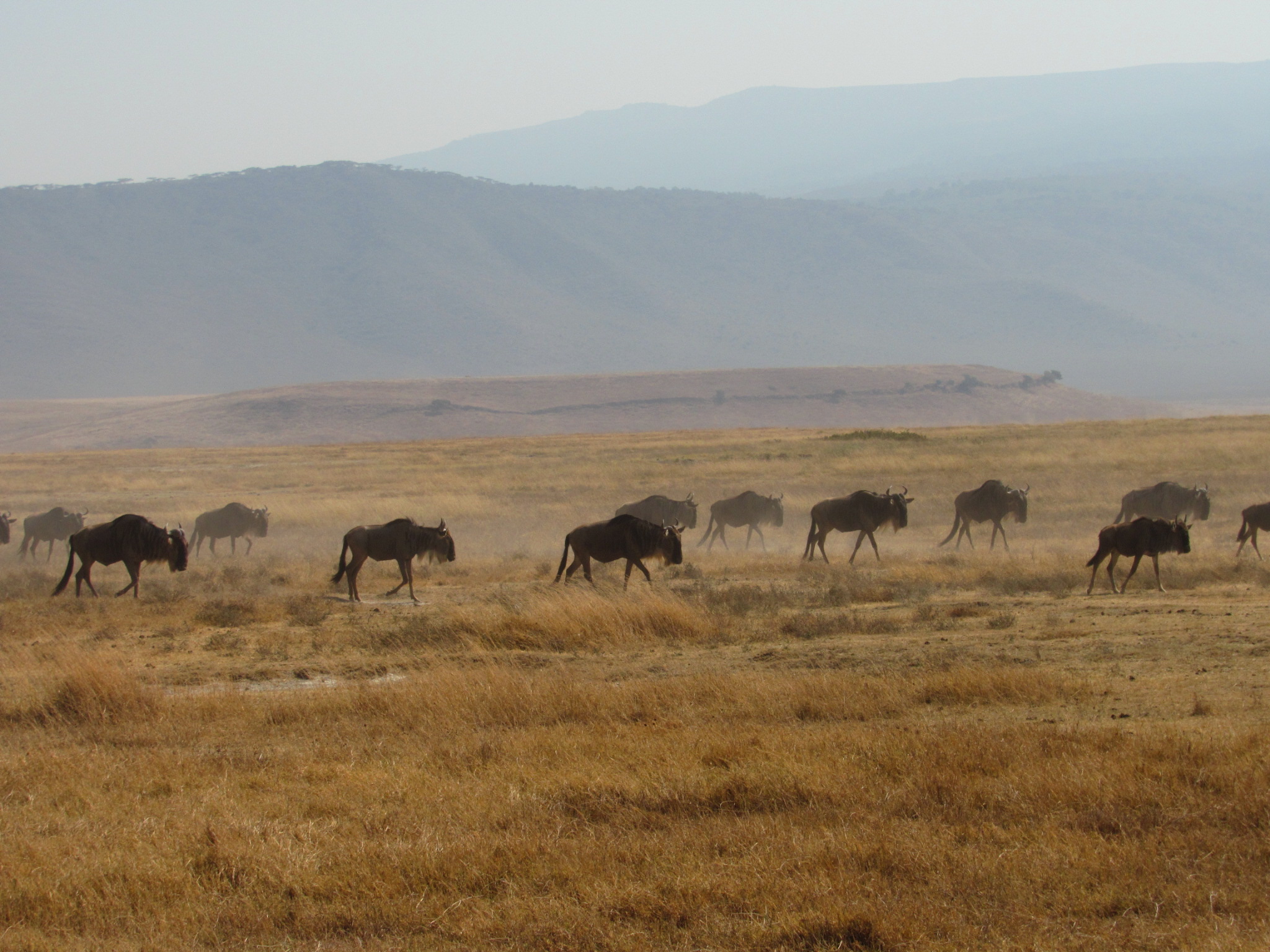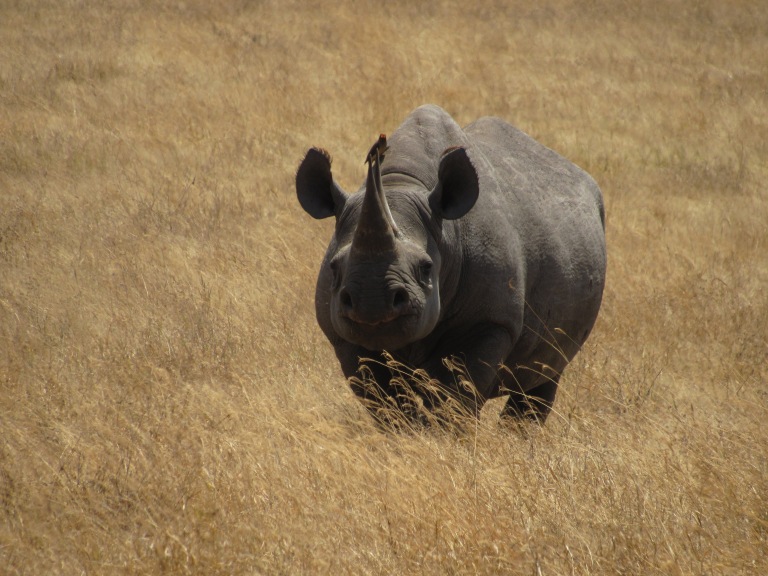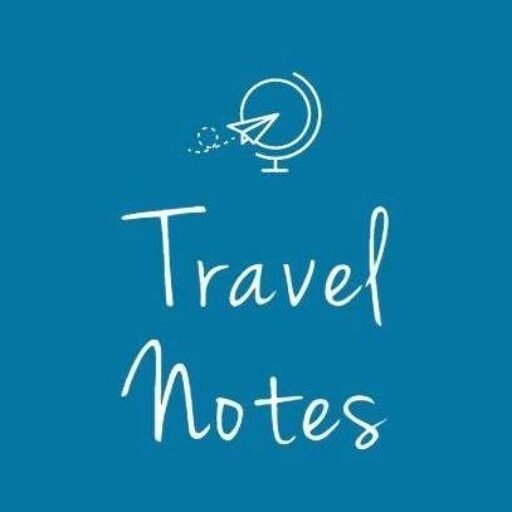Although I was never too sure I wanted to do a safari trip, our Safari in Tanzania turned out to be one of the best experiences ever.
Among the reasons why the idea of a safari wasn’t too appealing for me, there is the fact that I usually don’t like planned holidays or organised tour, where you have to stick to a plan or travel with large groups of people. But one of my main concerns was that this kind of trip could be bad for the wildlife and that cars would actually disturb the animals. It turns out, it isn’t bad for them (if you get the right company/guide) and that instead, you will be helping the country’s conservation projects.
In this post you will find information about:
A video summary…
Why should you do a safari?
There are lots of reasons why you should not miss an experience like a safari. Read them all by clicking on the button below.
Our itinerary
After reading so many good reviews, we decided to book our safari through Gosheni Safari and it was amazing! Even though we asked for a mid range safari, based on our budget, they managed to arrange all the best accommodation for us and we got to stay in luxury lodges too.
This is the itinerary we followed for our 4 day and 3 night safari, visiting the National Oarks and Reserves of Lake Manyara, Serengeti and Ngoro Ngoro.
Day 1 – Arusha to Lake Manyara
On day 1, we were picked up from our hotel in Arusha at appropriately 8 am, where our guide, Ombeni gave us some information on the itinerary and asked us if there was anything in particular we would like to see or do.
From Arusha, we went to Lake Manyara, where we spent the whole day exploring this incredible park. The park covers 330 sq. Km, 70% of which is occupied by the lake. Besides the water forest and acacia woodland, you will also be able to spot the big five here – lion, elephant, leopard, rhino and buffalo. Although the park is famous for the elusive tree-climbing lions, we weren’t so lucky to see one.
We spent the night in one of my favourite lodges, Ngoro Ngoro Tented Lodge, that had a cosy tented room, a game and dining shared area and a hot tub with the most incredible view.
Day 2 – Lake Manyara to Serengeti National Park
On day 2, after breakfast, we drove to Serengeti National Park passing by Olduvai Gorge, the prehistoric site where the remains of Homo Habilis (’handy man’) regarded as mankind’s first step on the path of human evolution were discovered.

The Serengeti National Park is probably the most famous wildlife sanctuary in the world. 3 million large mammals live on its 15,000 sq km area. Here, during our game drive,we saw so much: zebras, wildebeests, giraffes, gazelles, warthogs, coyotes, cheetahs, hyenas and more.
We also saw some of the big five, like the elephants, lions, buffaloes and we were so lucky to even spot a leopard on a tree.
We spent the night at the Acacia Luxury Central Camp, which was an incredible accommodation inside the Serengeti National Park. The tent was so nice and you can hear all the animals crossing the camp at night time.
Day 3 – Serengeti to Karatu
The third day started early – at 6 am – as we had to end the day in Karatu, which was almost 200 km away.
We went for another game driving in Serengeti we saw again so many animals like hippos, cheetahs and hyenas. We also saw a cheetahs until a gazelle and hyenas too.
We made our way back to Karatu, passing through Ngoro Ngoro. As we chose a mid-range safari, we didn’t get to spend the third night inside one of the national parks, but the accommodation – Endoro Lodge – was very nice.
Day 4 – Ngoro Ngoro
On the last day we left at 6 am again to drive back to the Ngoro Ngoro Conservation Area, which is also a UNESCO World Heritage Site. Here we did our game drive in the Ngoro Ngoro Crater, a large volcanic caldera.

Here we saw so many animals and it was great seeing so many animals living together. Among others, we saw large groups of wildebeests and zebras in the process of their great migration that starts around June.

Ngoro Ngoro is where we had the best experience of the safari for me and one of my favourite memories of the whole trip to Tanzania.
Before starting the game drive, we were told that we probably weren’t going to see any rhinos during the safari because there are less than 30 left in the area and they always hide, especially when it’s windy. However, we saw one!

Our guide spotted it from very far away and we waited for 1 hour for it to come closer to our jeep. It was such an incredible experience.
Unfortunately they are still poached but there’s good news: four year ago there were only 15 rhinos left in all of Tanzania but now the number has increased to over 160!
At around 5 pm we started making our way back to Kilimanjaro Airport from where we were flying home.
How much does it cost?
For our safari we paid $1470 (€1,340) for a private tour, so it was just the two of us in the jeep.
This fee included:
- Entrance fees to all National Parks
- Accommodation for three nights
- Three meals a day and unlimited snacks and drinks through the day
- Coffee and tea all day
- Government Tax
- Our guide
In addition to this, you have to consider tips. Usually people working at your accommodation and the cook expect a tip, and you are supposed to leave a tip of $20 per person per day for your guide.



If you want to visit the Maasai Mara or do the hot air balloon safari, there is an extra charge.
When to go
Although it could be very expensive, the best time to go on a safari in Tanzania is over the summer months, during the dry season and the great migration.
The great migration commences around June and continues until October. During this time, over 1 million wildebeest, zebra and gazelle head for the Maasai Mara in Kenya in search of pasture, crossing the Grumeti River or the Mara River.
Not only this is the best period to go because you have more chances of seeing the incredible wildlife and the great migration, but also because, being the dry season there will be less mosquitoes.
Between June and August, prices go up and it will also be harder to find accommodation. So the best time to go would be end of August/September.
YOU MIGHT ALSO LIKE:
- Kuza Cave – The highlight of my Jambiani trip
- Exploring beaches in Zanzibar – Jambiani
- Exploring beaches in Zanzibar – Kendwa
- Top 10 things to do in Stone Town
- Zanzibar: a food paradise
- Nature and Outdoors
- Road trips
















Pingback: 7 reasons why you should do a safari – Travel Notes
Pingback: How to choose a responsible travel agency – Travel Notes
Pingback: Come scegliere un’agenzia di viaggi responsabile – Travel Notes